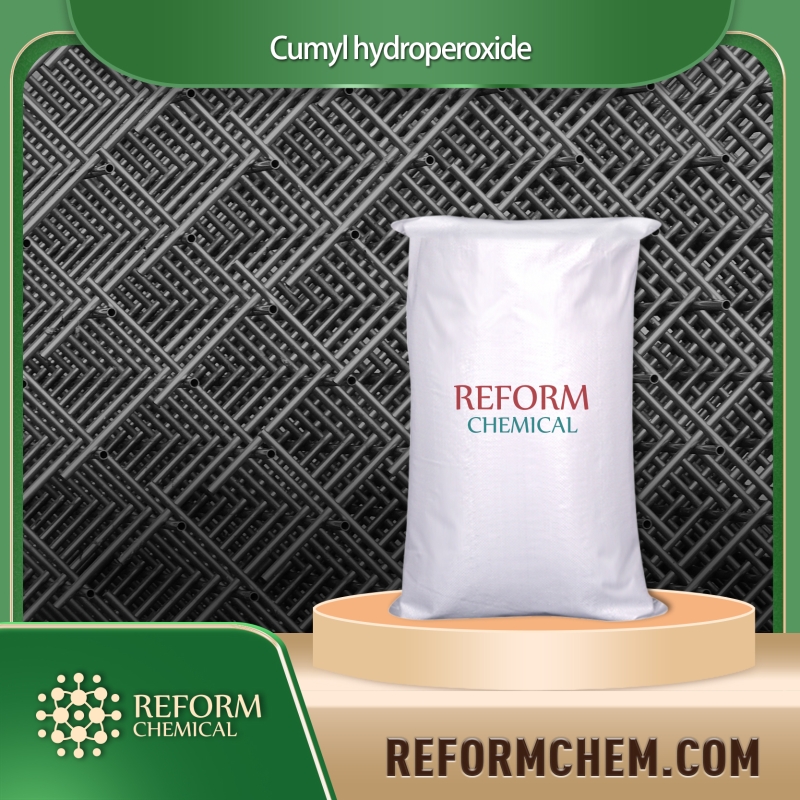-
Categories
-
Pharmaceutical Intermediates
-
Active Pharmaceutical Ingredients
-
Food Additives
- Industrial Coatings
- Agrochemicals
- Dyes and Pigments
- Surfactant
- Flavors and Fragrances
- Chemical Reagents
- Catalyst and Auxiliary
- Natural Products
- Inorganic Chemistry
-
Organic Chemistry
-
Biochemical Engineering
- Analytical Chemistry
-
Cosmetic Ingredient
- Water Treatment Chemical
-
Pharmaceutical Intermediates
Promotion
ECHEMI Mall
Wholesale
Weekly Price
Exhibition
News
-
Trade Service
Aluminum nitrate is a widely used chemical compound in the chemical industry, primarily due to its versatile applications in various industries such as pharmaceuticals, agrochemicals, and cosmetics.
The synthetic routes for producing aluminum nitrate are diverse and vary depending on the desired end product and the starting materials used.
In this article, we will discuss the various synthetic routes for producing aluminum nitrate.
One of the most common methods for producing aluminum nitrate is the Bayer process, which involves the reaction of aluminum hydroxide with nitric acid.
This process is widely used in the production of aluminum nitrate for industrial and technical applications.
The steps involved in the Bayer process are as follows:
- Preparation of aluminum hydroxide: Aluminum hydroxide is prepared by the reaction of aluminum oxide with hydrogen peroxide.
- Neutralization: The aluminum hydroxide is then neutralized with nitric acid to produce aluminum nitrate and water.
- Crystallization: The resulting solution is then allowed to cool, and the crystals are allowed to form, which are then separated from the solution.
- Recrystallization: The crystals are then recrystallized to remove any impurities and to obtain pure aluminum nitrate.
Another common method for producing aluminum nitrate is the Hydrochloric acid process, which involves the reaction of aluminum oxide with hydrochloric acid to produce aluminum nitrate and water.
This process is commonly used in the production of aluminum nitrate for agricultural and alimentary applications.
The steps involved in the Hydrochloric acid process are as follows:
- Preparation of aluminum oxide: Aluminum oxide is prepared by the thermal decomposition of aluminum chloride.
- Neutralization: The aluminum oxide is then neutralized with hydrochloric acid to produce aluminum nitrate and water.
- Crystallization: The resulting solution is then allowed to cool, and the crystals are allowed to form, which are then separated from the solution.
- Recrystallization: The crystals are then recrystallized to remove any impurities and to obtain pure aluminum nitrate.
In addition to the above-mentioned synthetic routes, aluminum nitrate can also be produced by the Solvay process, the Pechiney process, and the Hall process, among others.
The Solvay process involves the reaction of sodium nitrate with aluminum chloride to produce aluminum nitrate and sodium chloride.
The Pechiney process involves the reaction of aluminum chloride with a mixture of sodium and potassium nitrate to produce aluminum nitrate and sodium chloride.
The Hall process involves the reaction of aluminum oxide with ammonia and hydrochloric acid to produce aluminum nitrate and ammonium hydroxide.
In conclusion, the synthetic routes for producing aluminum nitrate are diverse and vary depending on the desired end product and the starting materials used.
The Bayer process and the Hydrochloric acid process are two of the most common methods used in the industrial production of aluminum nitrate.
The Solvay process, the Pechiney process, and the Hall process are some of the other synthetic routes that can be used to produce aluminum nitrate.
The choice of synthetic route depends on the desired end product and the availability of starting materials.







